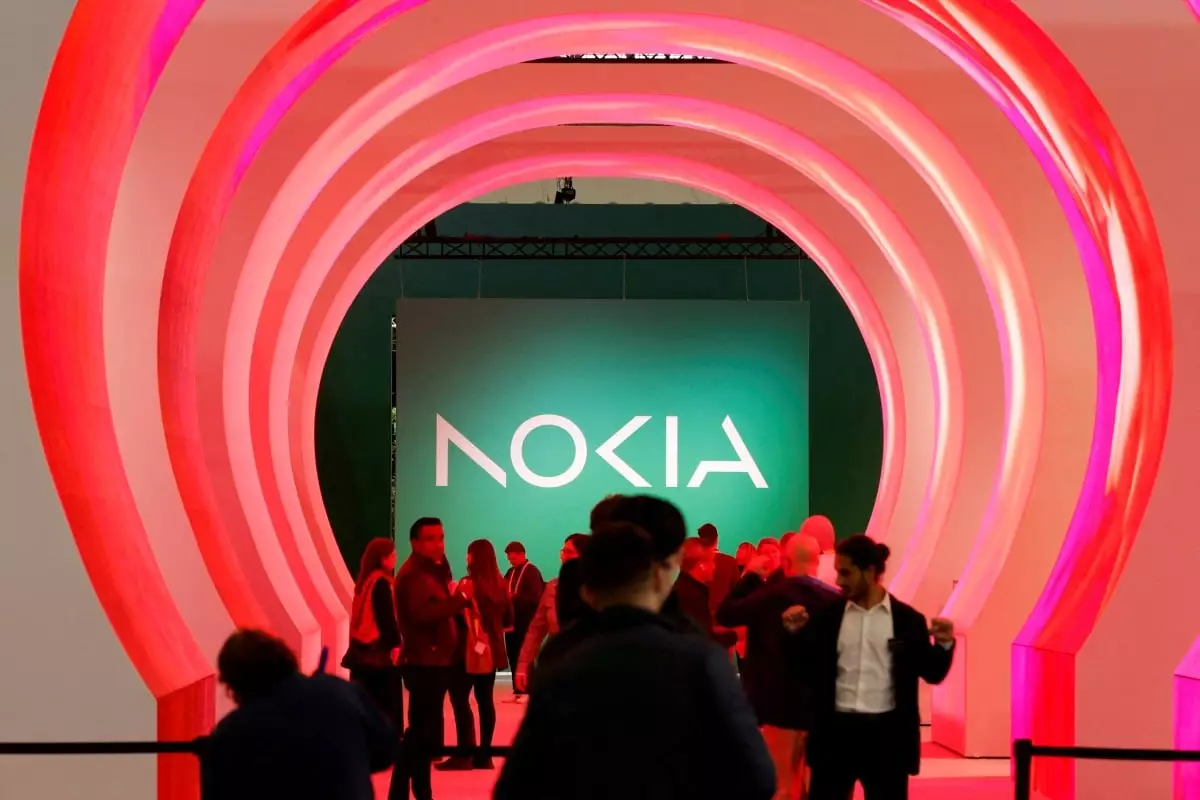In a bold move, Nokia has announced its bid to acquire U.S. optical networking gear maker Infinera in a $2.3 billion deal. This strategic decision is aimed at positioning the Finnish company to capitalize on the growing investment in data centres, particularly to cater to the rise of artificial intelligence (AI). By acquiring Infinera, Nokia is set to become the second-largest vendor in the optical networking market, with a 20% share, surpassing competitors like Ciena. This move is crucial for Nokia, as telecom gear makers are facing challenges due to lower sales of 5G equipment and are seeking ways to diversify their markets by tapping into high-growth areas such as AI.
The acquisition of Infinera will enable Nokia to expand its market reach and sell more equipment to tech giants like Amazon, Alphabet, and Microsoft, who are heavily investing in building new data centres to support the AI boom. With the increasing demand for optical transport networks in data centres, Nokia stands to benefit significantly from Infinera’s expertise in intra data centre communications. This segment is projected to be one of the fastest-growing sectors in the overall communications technology market, as highlighted by Nokia’s CEO, Pekka Lundmark.
According to Lundmark, the timing of the acquisition aligns well with the expected recovery of the market, especially with the surge in AI-driven investments in data centres. Despite the upfront cost of the deal, Nokia’s shareholders have shown optimism, as evidenced by a 4% rise in the company’s share price. While the purchase multiple may seem steep, analysts believe that Nokia’s ability to extract synergies worth 200 million euros post the deal’s closure justifies the acquisition price. By paying 70% of the purchase price in cash and the remainder in stock, Nokia aims to save 200 million euros in costs, enhancing its financial position.
One of the key strengths of the Nokia-Infinera deal is the complementary nature of their business models. While Infinera derives a significant portion of its revenue from the United States, Nokia has a stronger presence in Europe and Asia. This diversification of geographical markets is crucial for Nokia to strengthen its global foothold and tap into new growth opportunities. The combined cost of sales and operating expenses of both companies post the acquisition is expected to surpass 2 billion euros and 1 billion euros, respectively, signifying a significant increase in Nokia’s operational scale and efficiency.
Nokia’s acquisition of Infinera marks a strategic milestone in the company’s journey to capitalize on the growing demand for data centre infrastructure driven by AI. By leveraging Infinera’s expertise and market presence, Nokia is well-positioned to become a key player in the optical networking market and expand its customer base to include major tech companies investing in data centres. Despite the initial financial implications, the long-term benefits of this acquisition are expected to drive growth and profitability for Nokia in the evolving landscape of telecommunications and AI-driven technologies.

Leave a Reply